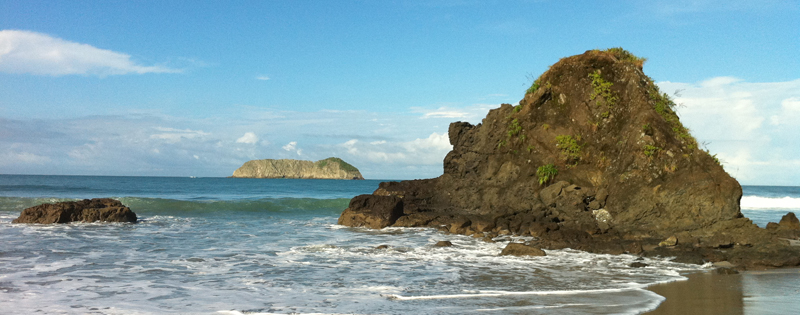Costa Rica is a stunning Latin American nation with the Pacific Ocean on one side and the Caribbean on the other. Costa Rica is famous for its ecosystems, lifestyle, and wonderful Climate.
Due to its proximity to the equator, Costa Rica is a tropical country with just two seasons: the dry season, beginning in January and ending in May, and the rainy season, lasting from the end of the dry season in May until November or December. The dry season is referred to as summer, and the rainy season as winter, although the temperature does not change much from one to the other. Rather, the seasons are used to mark precipitation patterns. Most days during the rainy season have at least some rain, frequently in the form of an afternoon thunderstorm or torrential downpour. Costa Rica receives a lot of rain; the national average is one hundred inches of rainfall per year, and some places record up to twenty-five feet annually. For all the rain, though, Costa Rica also sees a lot of the sun, and frequently ranks in worldwide lists of places with great weather.
Weather in Costa Rica depends greatly on where in the country one is, as elevation varies considerably from place to place. For example, in the lowlands and coastal plains temperatures tend to be in the 90’s. By contrast, the capital of Costa Rica, San José, has an elevation of 3700 feet and averages around 70 degrees Fahrenheit with little humidity. The highlands, including the city of Monteverde, are even milder. Geographic location can make a difference as well, especially along the coasts. In general, the Caribbean side of Costa Rica experiences more humidity and more precipitation than the Pacific side, making the Pacific coast more popular with visitors.
Costa Rica can also be affected by the weather pattern known as “El Nino,” caused every few years by unusually high temperatures in the Pacific Ocean. Hurricanes and severe tropical storms do not generally impact Costa Rica, although it can occasionally experience secondary effects from a passing storm. Additionally, visitors to Costa Rica should be aware that hurricane activity throughout the Caribbean and Gulf of Mexico can disrupt travel plans.
People traveling to Costa Rica should pack light clothing, with a light jacket or additional layer for cooler evenings. Those heading to the coastal areas should bring appropriate beach apparel, such as a bathing suit. Rain gear such as ponchos, raincoats, and waterproof cases for electronics are a good idea, especially for those who plan to visit during the rainy season.





